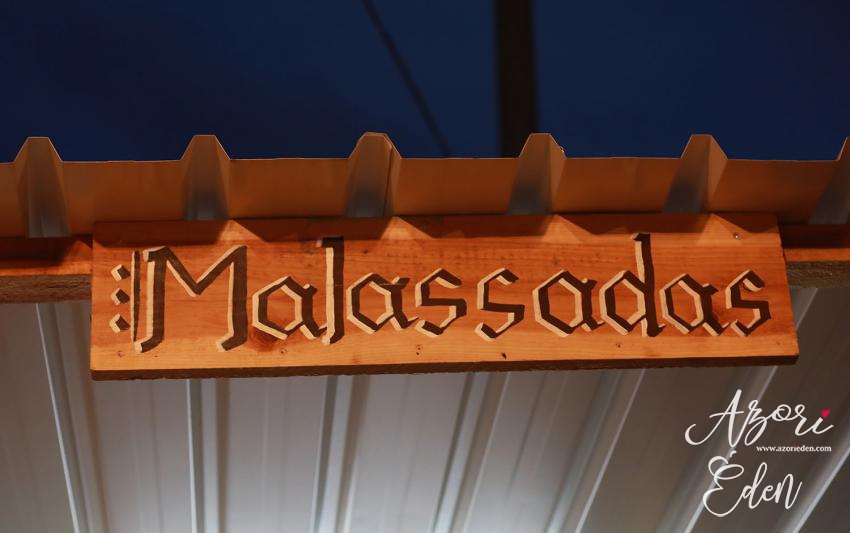My first BIO girl post is about a glutinous food, which unfortunately I was not able to taste. In fact I could hardly even take a photograph, because of all the people queueing to get their Malassada.
I noticed first at the medieval fair that there is a huge crowd waiting in front of small food stall which said „Malassadas”. Thanks to my improving command of Portuguese I found out that malassadas are the doughnut of the Azores.
The preparation is similar to the Hungarian doughnut with powdered sugar icing, but the Azores version has this wonderful crystallized sugar icing. I am already working on obtaining an original recipe.
Until then, the first Portuguese word for gluten eaters should be: Malassada! On Wikipedia I have found it spellt with one „s”, Malasada.
A malasada (or malassada) from Portuguese „mal-assada” means „under-cooked”. It is a Portuguese confection, made of egg-sized balls of yeast dough that are deep-fried in oil and coated with granulated sugar. They were first made by inhabitants of the Madeira islands. Traditional malasadas contain neither holes nor fillings. In Madeira, malasadas are eaten mainly on Terça-feira Gorda (“Fat Tuesday” in English; „Mardi Gras” in French) which is also the last day of the Carnival of Madeira. This tradition was taken to Hawaii, where Malasada Day dates back to the days of the sugarcane plantations of the 19th century, the resident Catholic Portuguese (mostly from Madeira and the Azores) workers used up butter and sugar prior to Lent by making large batches of malasadas.
